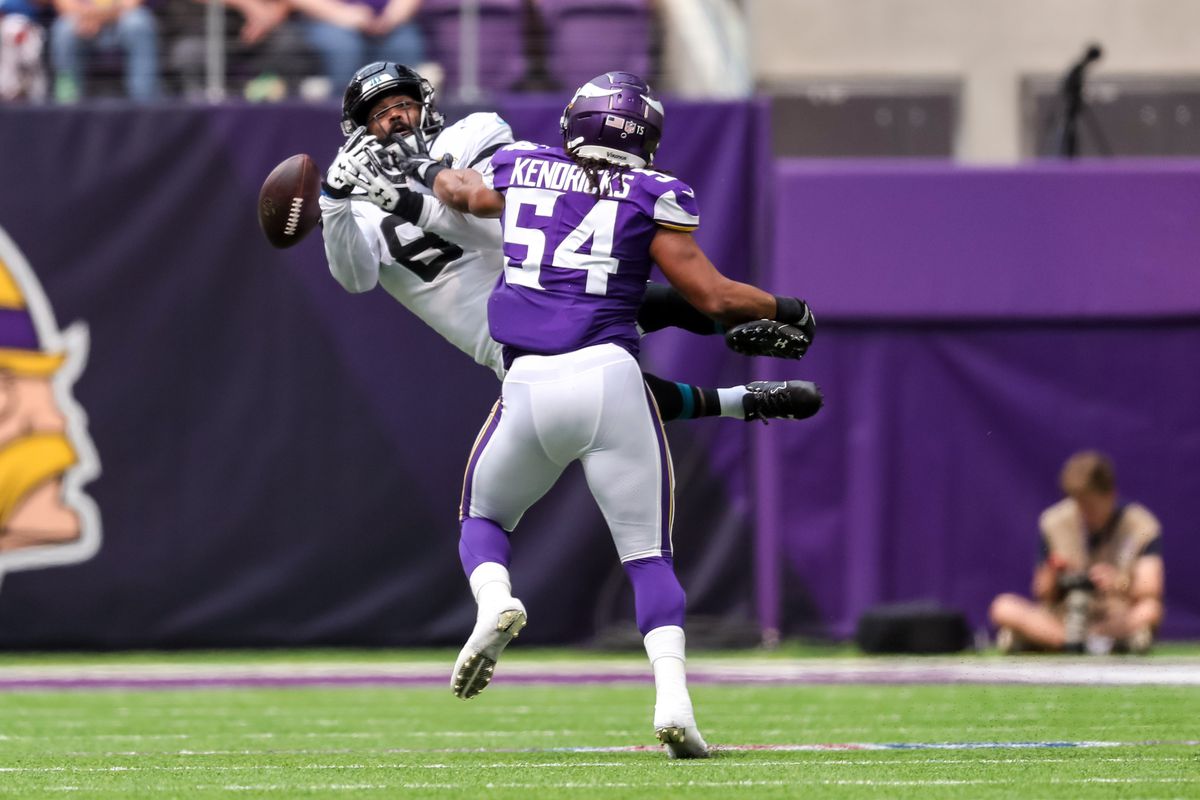SAD NEWS : Norwich City key player tactical analysis of wagner strategy…..


Ben Lee is a City season ticket holder and author of the NCFC Analysis social media account, who unpicks Canaries’ games and trends with an analytical report highlighting tactical strengths and weaknesses.
With no Championship game since the win at Cardiff, Ben has looked at the reasons for the downturn, and what Ben Knapper’s arrival might mean for the future.
Forty games at Schalke 04, 40 games at BSC Young Boys, and after 40 games at Norwich, David Wagner’s Carrow Road job would seemingly remain in the balance.
City’s 2023/24 campaign began in promising fashion, with Wagner’s men winning three of their first four games. But what went wrong after such a strong start? Are injuries entirely to blame, or have they exposed more persistent tactical and individual weaknesses?
In their deep build-up, the Canaries create a 4-2-4 shape with a double pivot and a double false nine.
Typically, Gabriel Sara and Kenny McLean occupy the pivot positions, while Ashley Barnes and Josh Sargent initially performed the deep-lying forward roles.
This quartet create a midfield box, much like Roberto De Zerbi’s Brighton.
Norwich’s press baiting under Wagner is also comparable with that of De Zerbi’s side. The aim of provoking pressure is to manipulate the opponent’s press, gradually moving the free man forwards, while creating space behind the opposition backline.
By drawing players out of defensive positions, ‘artificial transitions’ are created. This is where fast ball progression imitates a counter-attacking situation without the team having lost and regained possession.
Within Norwich’s deep build-up structure, optimal patterns of progression depend on the opponent’s press.
If the centre-backs are free, they bait the press to leave Sara or McLean briefly unoccupied. When one of Norwich’s free pivots receive a pass, an opposing midfielder is forced to jump, leaving a deep-lying forward free.
As explained in ‘A Double False Nine and a Midfield Box’, Barnes and Sargent were key players within this build-up strategy.
Both players are capable of receiving passes under pressure and, as a result, they allowed Norwich to continue playing out from the back even if the opposition centre-backs followed them into midfield.
The duo frequently facilitated Norwich’s controlled escape via bounce passes to the full-backs or wingers.
But these tactical considerations generate three crucial questions: what happens if the press is not successfully baited, what happens if the opponent presses man-to-man, and what happens if Barnes and Sargent are unavailable?
Provoking pressure in the build-up is, by definition, based on the assumption that it is possible to entice an opponent to press.
On a few occasions, however, Norwich have faced sides who refused to press from the front.
This produces almost comical situations where Wagner’s side wait for the press to start while the opponent waits for the build-up to start.
Other teams have decided to set up with an aggressive man-to-man press. Such an approach often leaves just the goalkeeper unoccupied and, as a result, complicates Norwich’s usual build-up patterns.
These pressing variations became problematic following the injuries to Barnes and Sargent, without whom Norwich have found it more difficult to adapt to effective opposition pressing strategies.
Barnes and Sargent allowed for more vertically controlled build-up; without them, Wagner’s side often resort to going long into the space behind the last line – an approach riddled with uncertainty.
In a league where some opponents refuse to play out from the back, many games are decided by Norwich’s efficacy in possession and their ability to cope with defensive transitions.
The preparation for defensive transitions begins in possession with a ‘rest defence’; this is the defensive protection provided by an attacking structure. In Germany, the term ‘restfeldsicherung’ is used and, translating to ‘remaining field protection’, perhaps defines the rest defence best.
A secure rest defence closes central defensive spaces to force the opponent wide after a turnover, giving defenders time to retreat. By preventing counter-attacks, a rest defence also facilitates sustained pressure.
Increasingly, teams use inverted full-backs to create overloads in midfield. These movements also create a tight rest defence, while attacking players stay wide to stretch the opponent’s backline.











